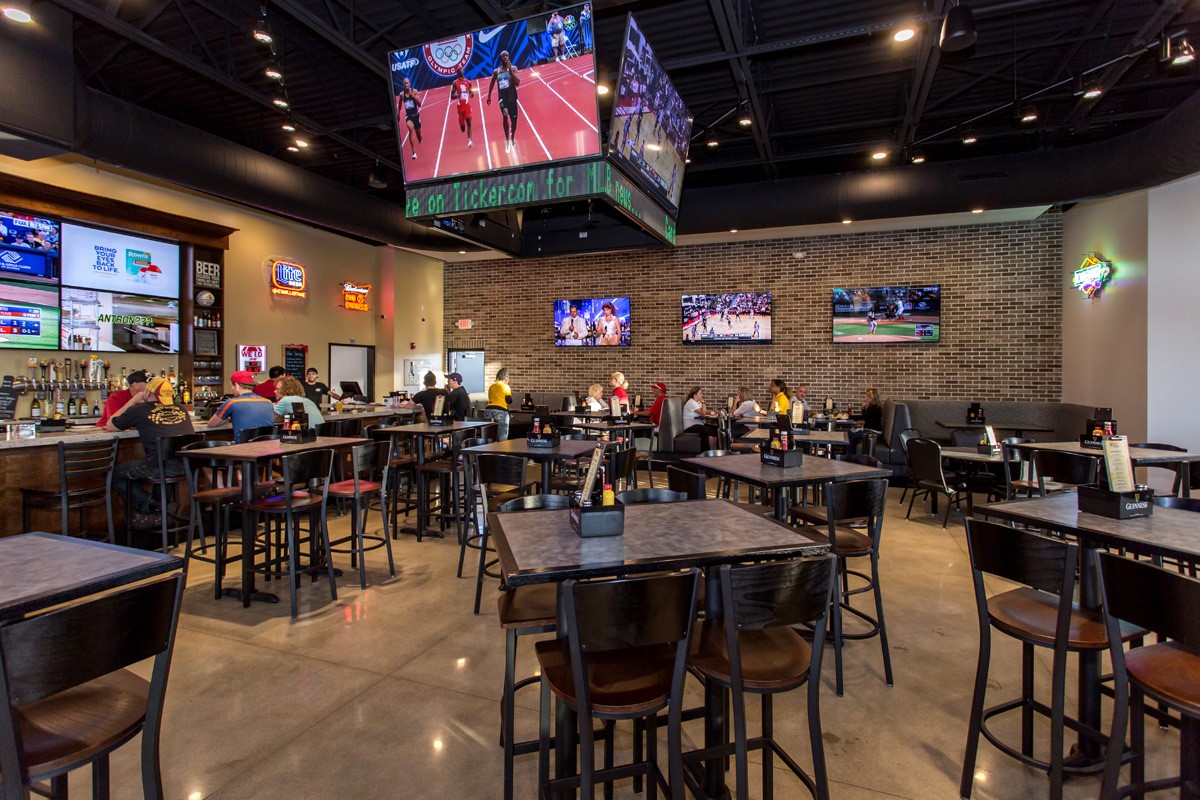Choosing the right security camera system is crucial for safeguarding business property and ensuring the security of staff and customers. A well-designed security surveillance system can deter crime, observe activities, and provide valuable evidence in the event of incidents. When selecting a system, it is vital to consider various factors, including the kind of cameras, the layout of the property, and the particular security requirements of the business. By comprehending these factors, business owners can make educated decisions that enhance their overall security strategy.
One of the initial steps in selecting a security surveillance system is to identify the types of cameras required. There are several options available, including bulb cameras, cylinder cameras, and PTZ (pan-tilt-zoom) cameras. Dome cameras are often utilized for indoor monitoring due to their discreet design, while cylinder cameras are more suitable for outdoor application because of their robustness and long-range capabilities. PTZ cameras offer flexibility, allowing users to from a distance control the camera's movement. Comprehending the advantages and weaknesses of each type can help businesses select the appropriate cameras for their particular environments.
Another important consideration is the layout of the property. Conducting a thorough assessment of the premises can help spot at-risk areas that need monitoring. High-traffic zones, entrances, and parking lots are critical locations where security cameras should be installed. Additionally, it is important to consider the lighting conditions in these areas. Some cameras are fitted with night vision features, which can be advantageous for monitoring during low-light conditions. By strategically placing cameras in key locations, businesses can enhance their surveillance coverage and enhance overall security.
The management and handling of video footage is another crucial aspect of a security surveillance system. Businesses must decide whether to use local storage, such as DVRs (digital video recorders), or cloud-based storage options. Local storage can provide quick access to footage but may require regular maintenance and upgrades. On the other hand, cloud storage offers remote access and can be more scalable, allowing businesses to expand their systems as necessary. It is crucial to assess the pros and cons of each choice to decide which storage option aligns best with the business's needs and financial plan.

Finally, it is important to take into account the combination of the security camera system with other security measures. Many businesses benefit from integrating video surveillance with alarm systems, access control, and monitoring services. This combined approach can provide a comprehensive security solution that improves overall safety. Additionally, educating employees on how to operate the system effectively can improve response times in the event of emergencies. By implementing these steps, businesses can establish a robust security framework that not only you could check here safeguards their property but also fosters a safe environment for everyone on the property.
Comments on “Selecting the Ideal Surveillance Camera Solution to Protect Your Business Resources and Improve Security”